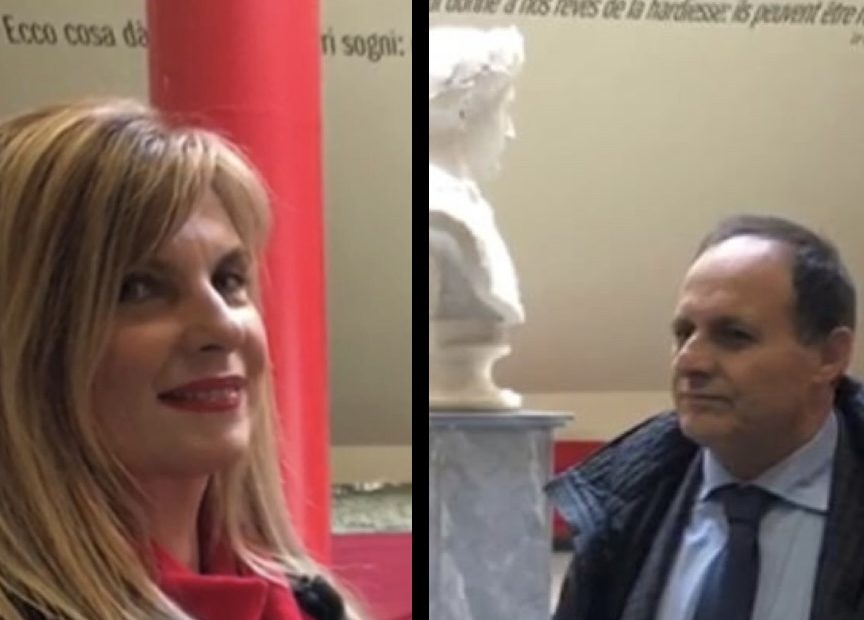In 200 cinemas, including that of Kristalli in the area of Cristo, Alessandria, art has returned to life, mainly the Italian Renaissance art, following the life of Napoleon Bonaparte. “Napoleon: in the name of art” traces with great pathos and originality, exploiting it on a cultural and artistical plan, in particular, a biography of one of the greatest men who made modern history and who, two hundred years after his death, continues to express himself and amaze for his genius, modernity, political vision, aspiration and love for beauty and classicism, as well as for his power” commented Cristina Antoni, President of Costruire Insieme.
The Emperor wanted to create, in the french capital, namely at the Louvre, the largest art gallery for the people in the world, following the French Revolution’s ideals, starting with Greek Classicism, passing through Egyptian arts, arriving in the Italian Renaissance. The Museum plays a key part as well as its first Director, Vivant Denon, Napoleon’s trusted collaborator and one of the 167 Savants of the Egyptian Campaign, who exchanged artworks with the Brera art gallery, considering Milan as the second art capital of the Napoleonic Empire. From Milan starts the depredations of artworks, heart of the movie, since it hosted the crowning of Napoleon as King of Italy, accompanied by the notes of Pollini’s Te Deum, transcribed and held in Milan Cathedral on the occasion of the bicentenary.
With his political and promotional work, wanted to offer to the people the hope that anyone is able to achieve glory, whatever its origins and past history and Napoleon is proof. Jeremy Irons, film’s narrator, concludes it like this: “All of us, may have been born in Corse, became General, dominated Europe and disappeared in the Atlantic Ocean. And, in the end, find his place together with the great immortals”.
“Us from the Province of Alessandria, owners of Villa Delavo, Marengo, we take the view that it’s one thing to make documentaries and another are the places where actions took place” states Maurizio Sciaudone, Heritage Managing Director. Through the images of the movie you can see a painting about the Battle of Marengo, but perhaps would have deserved more space, since Bonaparte’s victory marked the germanic liberation and Napoleon’s rise. The Managing Director continues by saying “On December 12, thanks to the passion of the 59 Demi Brigade who invited different groups, we’ll be in Marengo to remember Napoleon’s coronation.”
